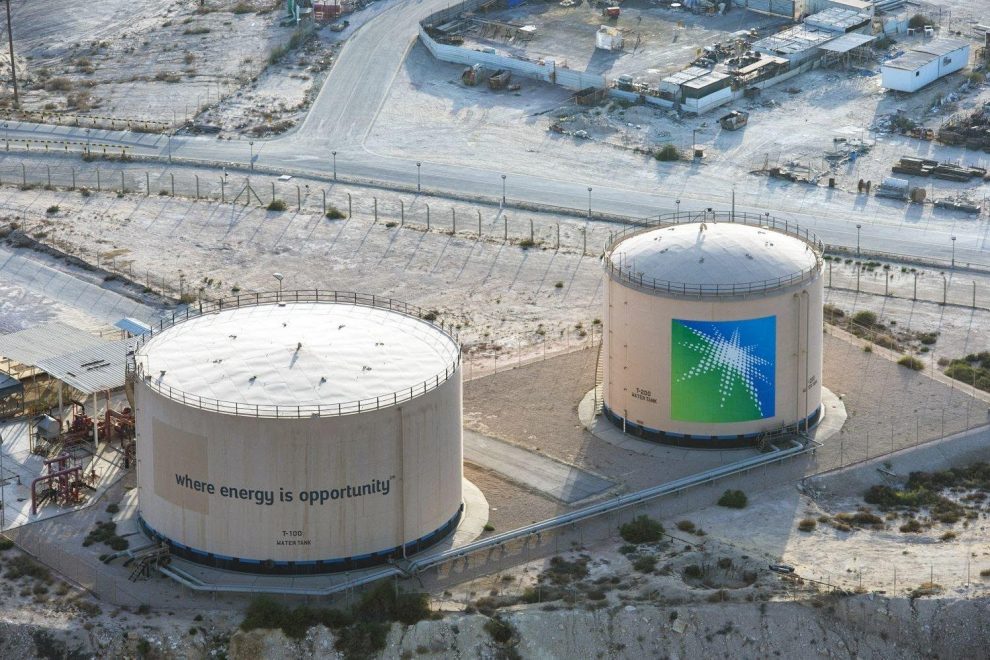Potential of GCC countries in Generating Renewable Forms of Energy
The demand for renewable forms of energy sources has increased exponentially in the market these days compared to a decade ago. With the constant change in climate, global warming and rise in temperature people have started to give thoughts to bringing about a change in their lifestyle to make it more environment friendly. Solar energy and wind energy are the two most commonly used types of renewable energy found in any given nation these days.
Keeping that in mind, let’s take a look at the GCC countries and their growth in this sector.
Do they have what it takes to be global leaders in the field of renewable energy?
A few decades ago, an average city in middle east countries like Saudi Arabia, the United Arab Emirates (UAE), Kuwait, Qatar, Bahrain, and Oman were home to just a few thousand people. Many cities have transformed into world-class metropolises thanks to the region’s vast oil and gas riches. Saudi Arabia alone owns 16% of the world’s proven oil reserves thereby making it the world’s second-largest oil producer, responsible for 15% of global output.
Unfortunately, the GCC countries heavy reliance on oil and gas exports has proven to be a major drawback during the energy crisis.
Even though, last year, the GCC nations led by Saudi Arabia put on a brave face and continued to gamble and talk about the strength of their economies, stating they could withstand any scale of shocks. Proved to be otherwise with the available evidence it was suggested pretty much the opposite: that Gulf economies have been in a dire situation due to the crashing of oil markets globally. The oil prices were averaging below $40 per barrel in 2020 and nearly all GCC nations faced massive budget deficits.
It is then that the GCC countries started to turn their heads towards renewable forms of energy. One thing they had in abundance was sunlight. There are other sources too like wind and hydrogen energies.
Although Saudi Energy Minister Prince Abdulaziz bin Salman recently made waves in the oil community after telling Bloomberg News that Saudi Arabia intends to pump every last drop of oil and is going to be the last man standing, Saudi Arabia owns the most ambitious clean energy blueprints: Crown Prince Mohammed bin Salman’s Vision 2030 economic plan. In the economic plan, Saudi Arabia has set a target to develop ~ 60GW of renewable energy capacity by the end of the decade, which compares with an installed capacity of roughly 80GW of power plants burning gas or oil. So far, Saudi Arabia has only made limited progress deploying renewables with just 300MW of utility-scale solar in operation while 400MW of wind power is under construction.
With its sun-scorched expanses and steady Red Sea breezes, Saudi Arabia is prime real estate for renewable energy generation. Last year, Saudi Arabia’s national oil company Saudi Aramco sent shockwaves through the natural gas markets after it announced that it was kicking off the biggest shale gas development outside of the United States.
Saudi Aramco said it plans to spend $110 billion over the next couple of years to develop the Jafurah gas field, which is estimated to hold 200 trillion cubic feet of gas. The state-owned company hopes to start natural gas production from Jafurah in 2024 and reach 2.2 Bcf/d of sales gas by 2036 with an associated 425 million cubic feet per day of ethane.
This year, Aramco announced that instead of chilling all that gas and exporting it as LNG, it will convert it into a much cleaner fuel: blue hydrogen.
In short Saudi and other GCC countries have vast potential in generating renewable forms of energy compared to other nations. Their geographical boundaries make sure they get an abundant supply of these energies.
Source: https://oilprice.com
Image credit: nytimes.com














Add Comment